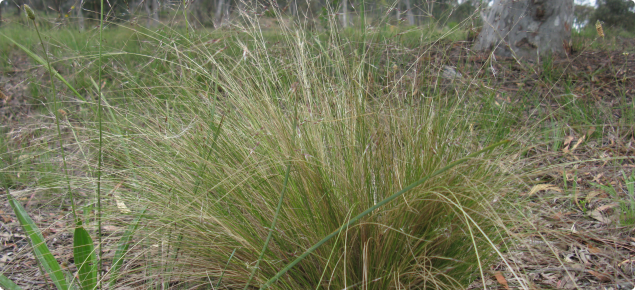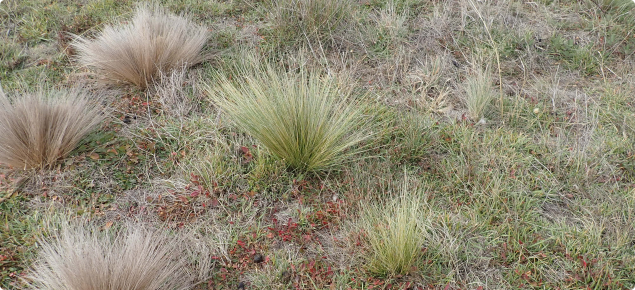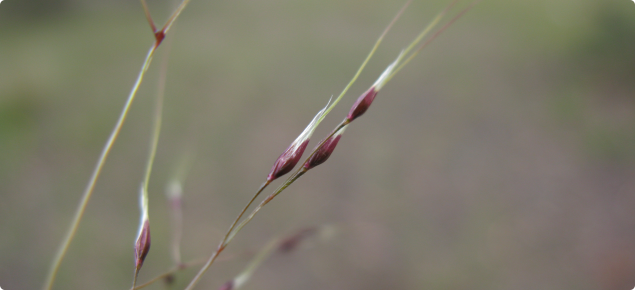| REPORT THE PRESENCE OF THIS PEST BEFORE UNDERTAKING CONTROL |
Information about this pest can be found on the serrated tussock: declared pest page.
Chemical requirements
When using any agricultural chemicals please ensure that you always follow instructions on the label. label and any permit. Users of agricultural chemical products must always strictly comply with the directions on the label and the conditions of any permit. To view permits or product labels go to the Australian Pesticides and Veterinary Medicines Authority website.
Chemical control options
Chemical control options can be found below. For other methods of control please refer to the aquatic weed control page, and the declared plant control handbook.
Recommended herbicides |
|
| Herbicide: Atlapon® or Propon® ( Group J) | |
| Active ingredient | 740g/kg 2,2-DPA |
| Rate of product/10L water | 80g |
| Rate of product/ha | 8kg |
| Wetting agent | Non-ionic at 1mL/L water |
| Time of application | January to April |
| Remarks | Six weeks after treatment burn area |
| More information and other control measures | If area can not be burnt then treat area January to February with 28kg/ha 2,2-DPA |
| Herbicide: Flupropanate (Group J) (various trade names: see APVMA link) | |
| Active ingredient | 745g/L flupropanate |
| Amount of product/10L water | 20mL |
| Rate of product/ha | 2L |
| Wetting agent dilution | 100mL non-ionic (600g/L)/100L |
| Time of application |
|
| Remarks |
|
| More information and other control methods | For spot treatment plants need to be sprayed until run-off |
| Herbicide: Glyphosate (various trade names: see APVMA link) | |
| Active ingredient |
|
| Amount of product/10L water |
Adjust rates for other concentrations of glyphosate |
| Rate of product/ha |
Adjust rates for other concentrations of glyphosate |
| Wetting agent dilution | Non ionic 100mL/100L |
| Time of application | May to October |
| Remarks | Burn 10–12 months or slash/heavy graze two weeks before treating |
| More information and other control methods | Hexazinone (Velpar) at 3.5–5kg used for control in pine plantations |



